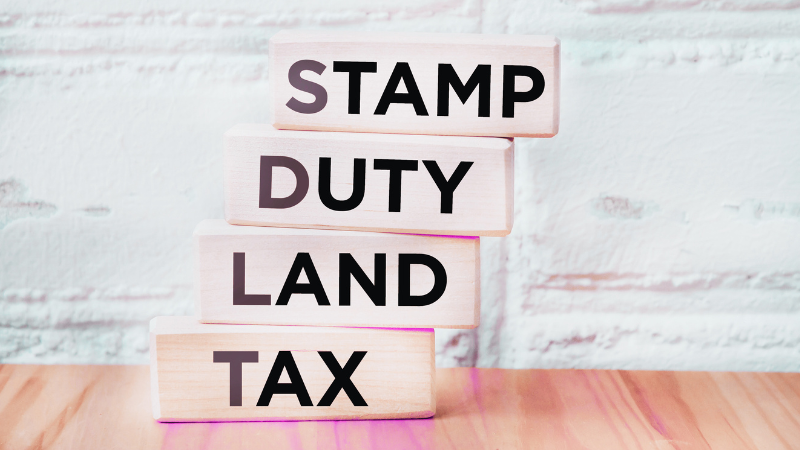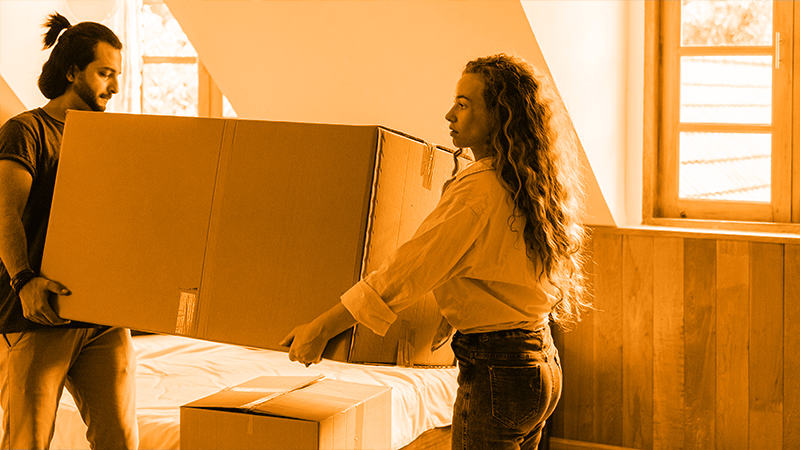According to Statista, the majority of landlords surveyed in 2022 said that they intended to purchase UK property on a buy-to-let basis with the intention of renting it out for profit.
That’s many buy-to-let mortgages that will need to be approved in the upcoming years. How do applicants apply for and qualify for buy-to-let deals?
Most first-time buyers expect to merely prove their income and their expected rental earnings when applying for a buy-to-let mortgage, but that’s not always the case.
In some cases, you may need to pass a buy-to-let stress test.
Benefits of a Buy-to-Let in UK
There are several reasons why landlords apply for buy-to-let mortgages and wish to pass the associated stress test.
These include:
- A buy-to-let ensures you can secure stable monthly income through tenant rent.
- The property you own will likely increase in value over the years and will be a worthy investment.
- You can get onto the property ladder and build a portfolio of properties if you succeed with your first property.
- You can write off some of your property costs against tax. This includes maintenance/wear and tear, mortgage interest and so on.
What is a Stress Test?
A stress test is also called a SICR (stress income cover ratio) and is a calculation carried out by a lender to ascertain if an applicant can afford the buy-to-let mortgage they’re applying for.
This compares the amount you’re requesting with the rental income you intend to charge. It also considers the interest that will be charged on the mortgage.
If you pass the buy-to-let mortgage stress test, you will most likely be approved for your mortgage application.
Why Do Lenders Carry Out a Stress Test for Buy to Let Mortgage Applications?
Residential mortgages and buy-to-let mortgages are two very different products. As it turns out, buy-to-let mortgages pose more of a risk to the lender and so come with higher interest rates.
How much you can borrow with a buy-to-let mortgage will depend on how much rental you’re expected to earn on the property and what your current earnings are form your regular job.
The Prudential Regulatory Authority introduced stricter terms for buy-to-let borrowers in 2017 that now apply. These include:
- The rental amount you intend to charge on the property must be at least 125% or 140% of your mortgage instalment. The surplus income should be used for things like repairs and maintenance.
- The SICR determines if you can pay interest rates between 5.5% and 6%, which ascertains affordability if rates fluctuate during the term of your mortgage.
How Tax Affects Buy-to-Let Mortgage Applications in the UK
Income tax must be considered when an individual applies for a buy-to-let mortgage.
This is legally required according to the Prudential Regulatory Authority.
The SICR is determined according to your tax rate status. In most instances, UK mortgage providers apply a stress income cover ratio of around 125%.
This is because there’s less anticipated stress on your rental income in a lower tax bracket.
Higher tax brackets can expect a higher SICR to apply, usually around 145%, with additional rate taxpayers expecting SICR percentages of around 167%.
Essentially, the test notes that if you’re paying more tax, you must collect a higher rental income to cover the costs.
I’ve Failed the Stressed ICR Test – Now What?
If the mortgage provider decides that your property and application doesn’t pass the stressed IC test, it doesn’t automatically mean that your mortgage application will be rejected.
There are several specialist lenders that may be able to assist with covering ICR shortfalls.
Top Slicing is one approach that may help. This is when a mortgage provider assesses all your forms of income and then notes that you could still afford the monthly instalments if your financial situation changes or there are fluctuations in charges.
UK mortgage providers who offer top slicing are rare but if you work with a professional mortgage broker or advisor, they often have good relationships with mortgage providers who may be able to assist.
Another way around the stressed ICR test is if your loan to value amount is low. Increasing your deposit amount will reduce your LTV amount, which lenders view favourably.
Most applicants put down a 20% to 25% deposit, but if you can put down a 35% deposit, this could push you into good favour with lenders. This essentially reduces the stress rate.
In some instances, mortgage providers could view your entire property portfolio instead of individual properties.
For instance, if you have five properties in one portfolio and only one has a low rental income expected, some lenders may be willing to overlook this.
What You Need to Know About Stressed ICR Tests
One thing to note is that credit score plays a major role in passing stress tests as it determines what interest rate you’ll be charged.
Another thing worth noting is that self-employed applicants may find it challenging to pass stress tests unless they can provide 2 years of positive accounts.
Some retired landlords may also struggle, even if they have a good pension in place and decent savings.
And, if you have a family member or friend living in one of your existing rental properties, the mortgage providers may view this as risky.
Buy to Let Stress Test Conclusion
At the end of the day, the best way to ensure that you pass the stressed ICR test and get your application genuinely considered on merit, is to acquire the services of a professional mortgage broker or advisor.
These professionals understand the finer intricacies of stress tests for buy-to-let properties and can also ensure that your documents are perfectly in place to ensure that your application is quickly processed without hiccups.
Call us today on 01925 906 210 or contact us to speak to one of our friendly advisors.
















